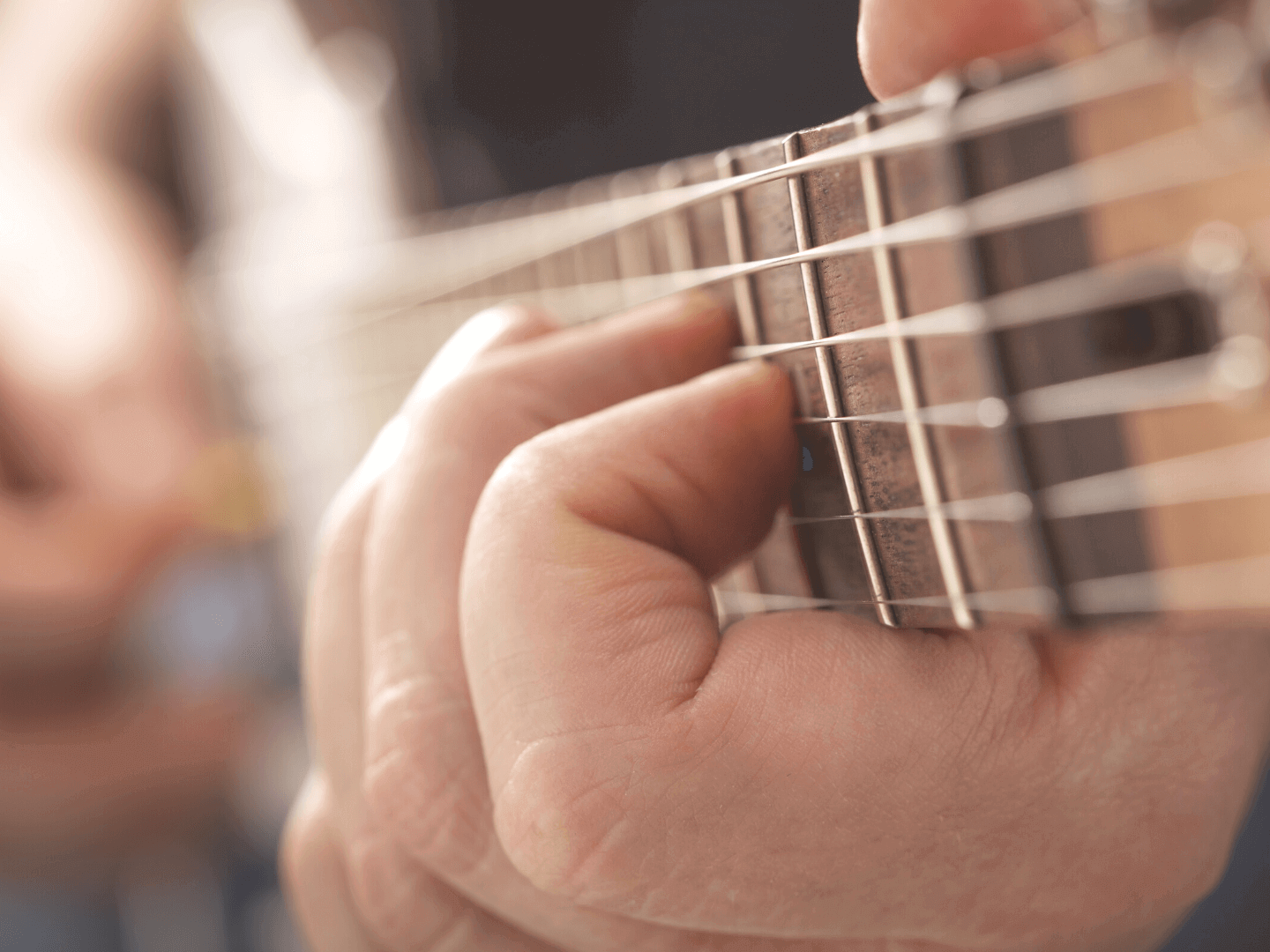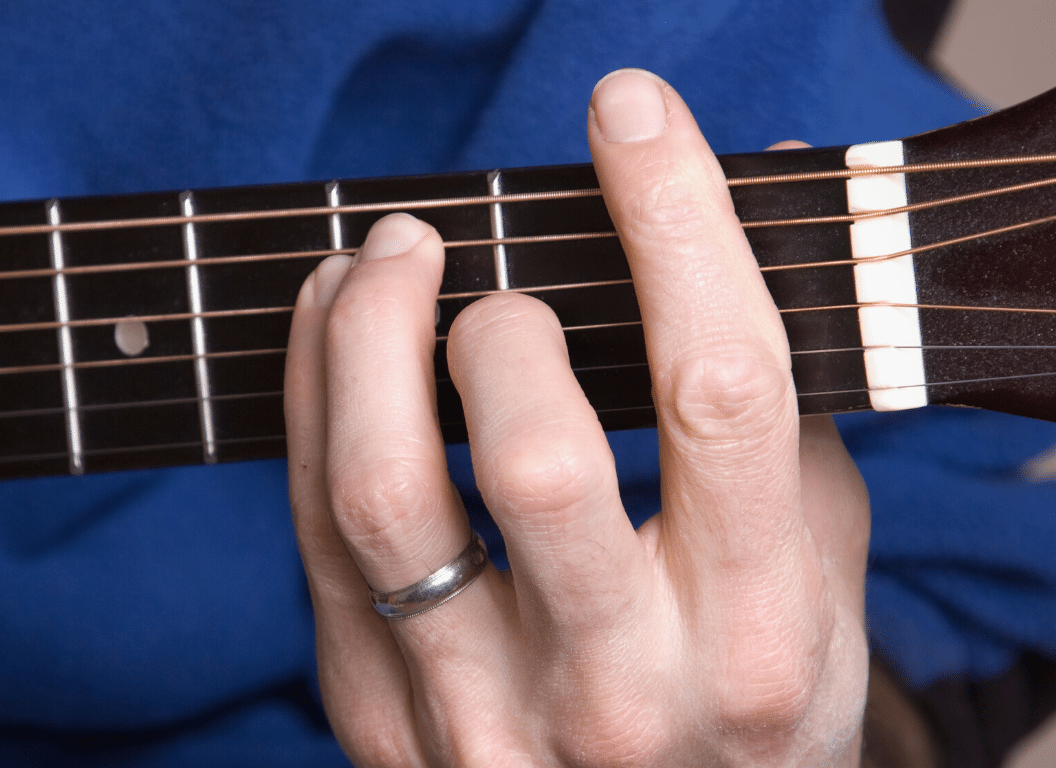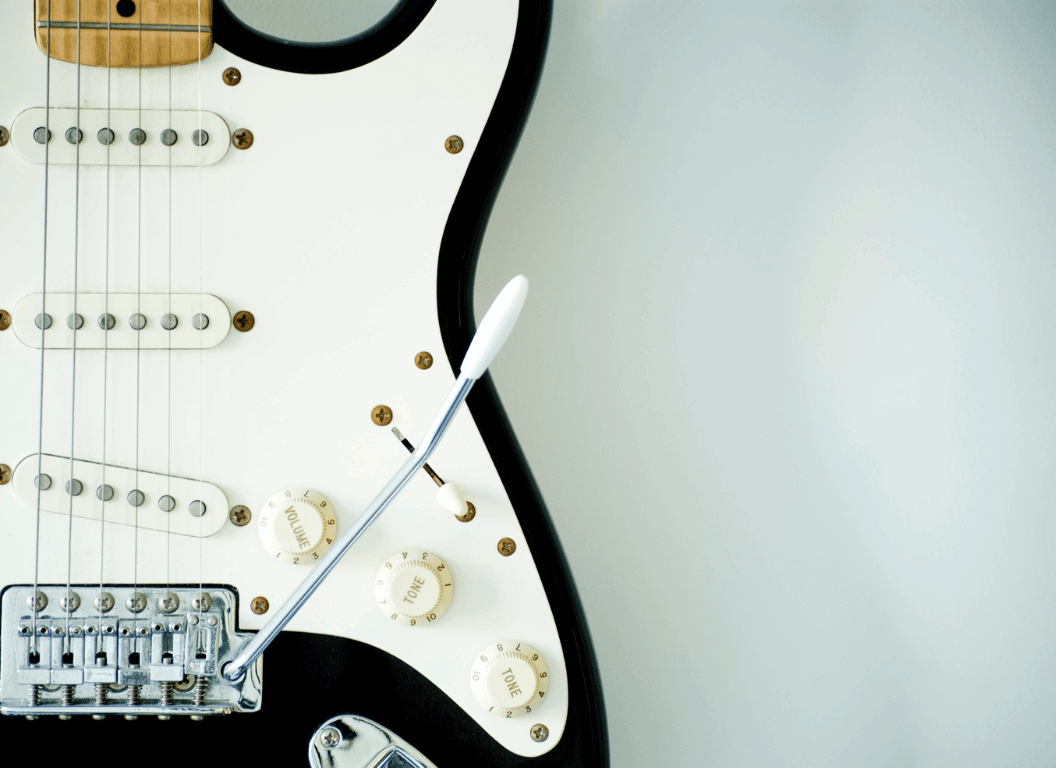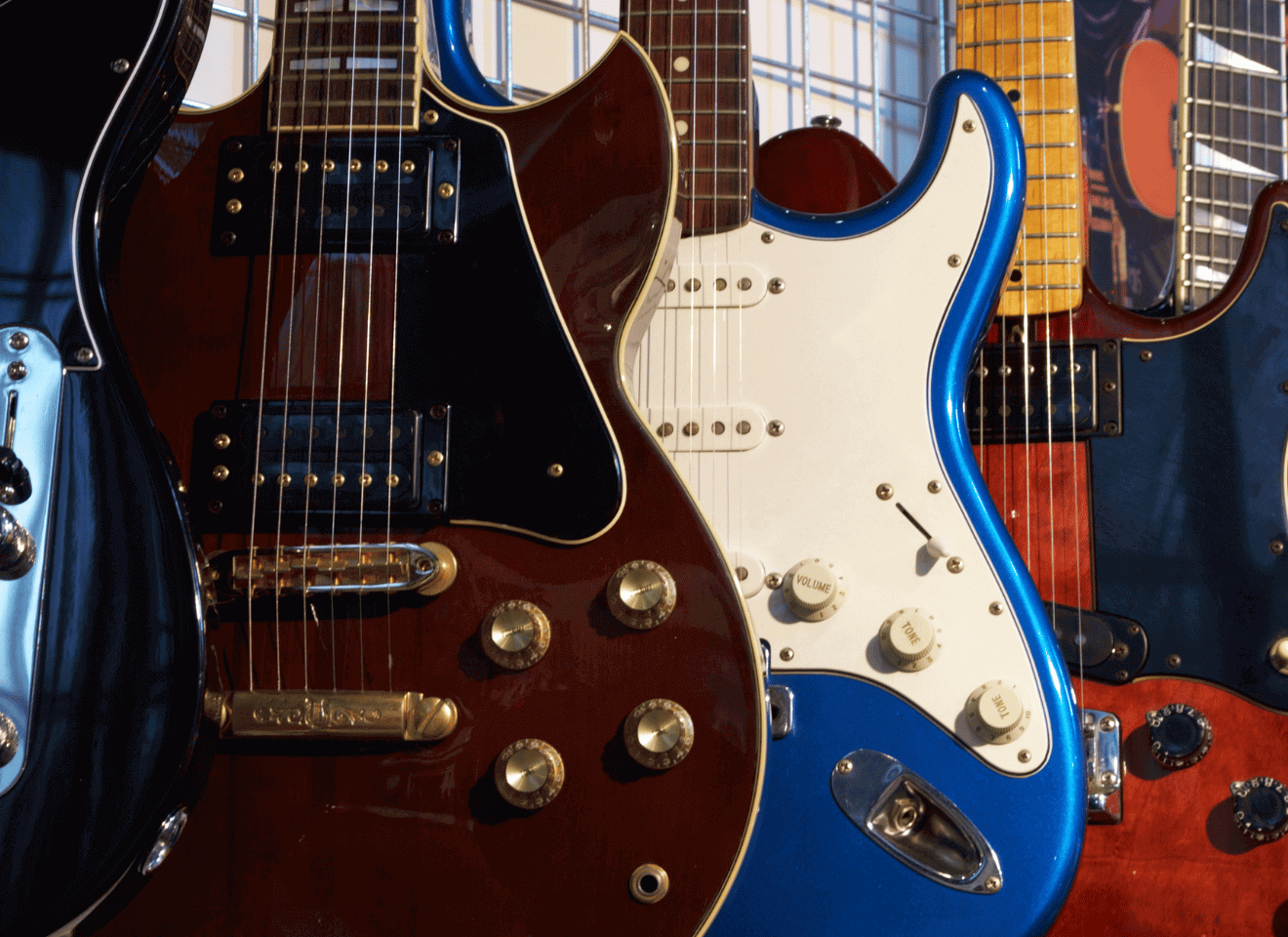If you’re a guitar player, you know the struggle of having sore fingers when first starting out.
Nothing quite compares to acquiring that much-desired callus that permits hours of uninterrupted playing without cramping or pain.
But how long does it take to build guitar calluses?
Is there any way to speed up the process?
In this blog post, we’ll be exploring different methods and tips for developing those sought-after finger calluses so you can shred away with ease!
So, without further ado, let’s get started!
Table of Contents
- How long does it take to build guitar calluses?
- What are guitar calluses?
- How to develop guitar calluses faster?
- What factors can affect how quickly guitar calluses develop?
- Does having calluses make guitar playing easier?
- How many hours should a guitarist practice each day to develop calluses?
- How long will my guitar-playing fingers hurt?
- Does every guitarist have calluses?
- Do guitar calluses heal over time?
How long does it take to build guitar calluses?
In short, it typically takes new guitar players a few weeks or months of regular practice to build up calluses on their fingertips. While it depends on the individual, most guitarists need to be consistent and disciplined when playing in order to grow thick enough calluses quickly. With patience and dedication, your calluses should start forming within six weeks or so from the beginning of practice.
Also, the amount of time it takes for guitar calluses to form will vary depending on several factors, such as your individual skin type, the hardness of the strings you are using, and how often you practice.
Generally speaking, most guitarists will begin to develop calluses when they’ve been playing guitars for a while.
This is because, with more frequent use, your skin will grow accustomed to the pressure and start forming thicker layers as protection.
Now, if you are new to the guitar and want to speed up the process, there are a few things you can do.
Now, let’s go to the basics and learn more about building calluses.
For all of you who don’t know yet, let’s cover what they are, and why they form in the first place.
What are guitar calluses?
Guitar calluses are the thickened layers of skin that form on the fingertips as a protective response to friction.
They act as padding to reduce pain when playing and protect your fingertips from damage due to regular contact with the guitar strings.

When starting out as a guitarist, you may find it difficult and uncomfortable to press down firmly on the strings.
This is because the skin on your fingertips is particularly soft and sensitive, which can make playing painful and slow down progress.
Fortunately, guitar calluses are here to help!
With consistent practice, these calluses will build up over time to become thicker and tougher so you can play comfortably for longer periods of time.
How to develop guitar calluses faster?
There are many myths about how to speed up the process of developing guitar calluses.
In reality, there are a few things you can do to speed up the process of callus formation.
1. Practice regularly and consistently
The first and most important step is to practice regularly and have discipline.
Even if it comes as something very obvious, the more you play, the faster calluses will form.
So if you want to get calluses quickly, make sure to practice regularly, that means at least a few times a week.
2. Play with heavier strings
If you are using lighter strings, one way to speed up calluses is to switch over to heavier strings.
The increased pressure will cause your skin to build thicker layers faster and help form those calluses quicker.
Just make sure that the strings aren’t too heavy for you or else it will be difficult to play.
3. File down the calluses
Another way to speed up the process is to file down your calluses.
You can do this every once in a while, but not so much that you remove them.
Filing down the calluses every few weeks helps to keep them from becoming too thick, which will make it easier for your skin to form new layers of thicker calluses.
There will be a point where the calluses just stop getting thicker.
But filing them down helps to keep them from getting so thick that they become uncomfortable.
4. Use a callus builder
Finally, if you want to get your calluses even faster, you can use a callus builder device or product at your fingertips.
These devices are designed to help increase the pressure on your fingers and stimulate the growth of thicker calluses.
However, these devices should only be used sparingly as they can damage your skin and the guitar strings if used too often.
I wouldn’t really recommend using them if you are just starting out as a guitarist.
What factors can affect how quickly guitar calluses develop?
Although most guitarists can develop calluses fairly quickly with consistent practice, the speed at which they form can vary depending on several factors:
- Age & skin type
- Playing style
- Instrument
- Time spent practicing
1. Age and skin type
The age and skin type of the guitarist can have a big impact on how quickly calluses form.
Younger guitarists typically develop calluses faster than older ones, while those with thicker or more resilient skin will also find it easier to form them.

One of the reasons for this is the difference in skin oil content.
Younger guitarists tend to have more oil in their skin, which may make calluses form faster due to increased moisture.
2. Playing style
The way you play the guitar can also affect how quickly calluses form.
If you are using a pick, it will be harder to form calluses on your left hand because the pick does not directly contact the strings.
Those who use their fingers for strumming and picking will typically form calluses faster than those using a pick.

Now, as for your fretting hand, the placement of your fingers on the fretboard can also affect how quickly calluses form.
If you place your fingers too close to the frets, it will be harder for them to slide up and down since they are putting more pressure on a particular area which can slow down callus formation.
But generally, the more pressure you put on your fingers, the faster calluses will form.
3. Instrument
The type of instrument you are playing can also have an impact on how quickly calluses form.
Electric guitars usually have lighter strings than acoustic ones.
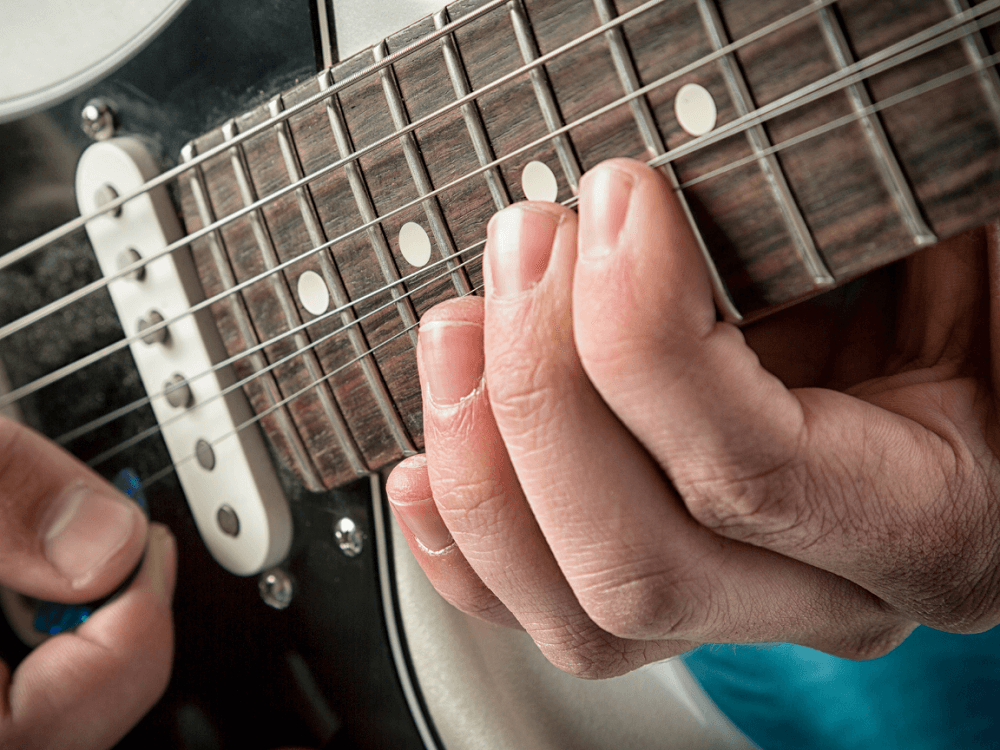
Therefore they require less effort to press down which may cause them to form slower.
For those who play acoustic guitars, the thicker strings can cause calluses to form faster due to the increased pressure.
4. Time spent practicing
Finally, the amount of time you spend practicing your guitar is probably one of the biggest factors when it comes to how quickly calluses form.
The more time you put into playing regularly, the better the chances of developing a thick set of calluses on your hands.
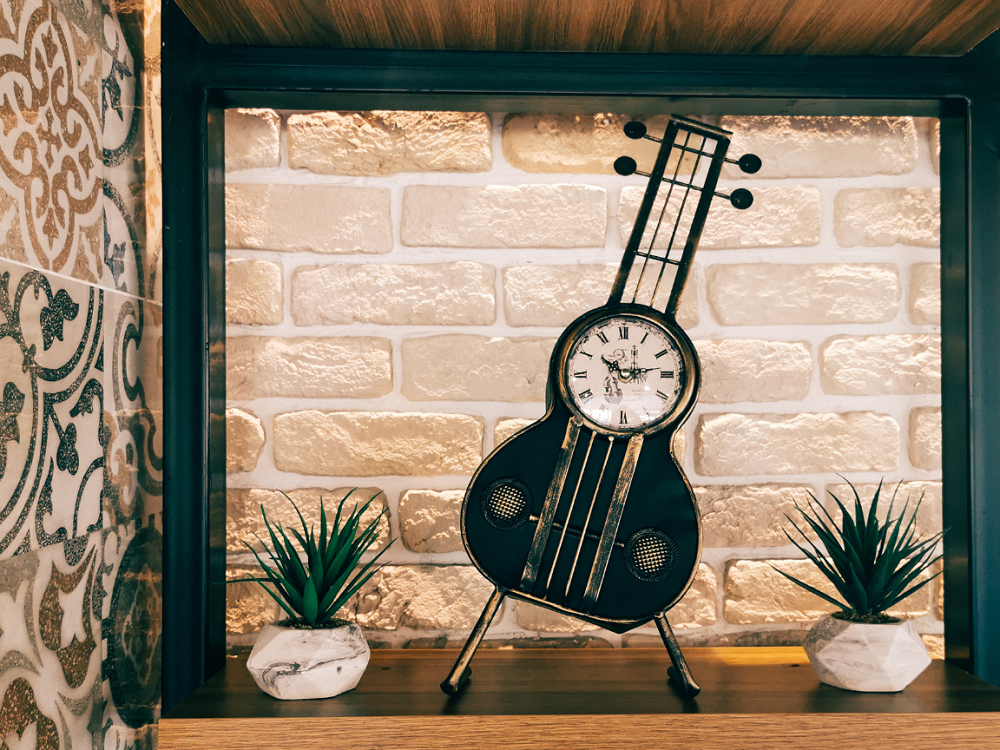
So make sure to practice as much as possible in order to see the best results!
Now, don’t do this too much that you start affecting your actual learning progress because of poor quality practice.
Always be mindful and concious of the effectiveness of each of your practice sessions.
Does having calluses make guitar playing easier?
The answer to this question is not a straightforward one I think.
Calluses can make guitar playing easier in the sense that they provide protection for the fingertips.
Hence, allowing you to press harder against the strings with less discomfort.
But there is no evidence to suggest that having calluses will actually improve your guitar-playing ability.
In fact, many experienced players caution against developing calluses too quickly as it can lead to problems with dexterity and precision.
It is important to note that having calluses does not automatically make guitar playing easier.
Proper technique, practice, and patience are still necessary for any guitarist who wishes to improve their skills.
So, while calluses can help protect your fingertips and reduce discomfort from pressing strings, they are not a shortcut to becoming a better guitar player.
Ultimately, the best way to improve your guitar playing is through practice and dedication.
How many hours should a guitarist practice each day to develop calluses?
The answer to this question depends on the individual guitarist and their skill level since the amount of practice required to develop calluses can vary.
For the most part, I would say that professional guitarists may need to practice for several hours a day (around 4-6 hours) for a few weeks in order to develop calluses.
However, if you’re just starting out and don’t have any experience playing guitar, a couple of hours each day should be enough to start building up your fingertips.
Remember that the key to develop calluses is consistency!
Set a practice schedule and stick to it, this way, you will be able to develop calluses in a healthy and sustainable way over time.
Finally, make sure to take breaks when needed and always wear gloves or use finger protectors when practicing for longer periods of time.
This will help prevent any unnecessary damage to your fingers and ensure that you can continue to practice in a safe and comfortable manner.
How long will my guitar-playing fingers hurt?
The pain from playing guitar can vary greatly, depending on how long you have been playing and the level of intensity at which you play.
Any soreness or pain in your fingers should subside within a few days of starting to learn how to play the guitar.
If your finger hurts for more than a week after you begin playing, it may be time to take a break.
You can also adjust the way you grip your guitar and the strings to reduce any potential strain on your fingers.
Also, build up strength in your fingers with regular practice and exercises like scales, arpeggios, and finger-picking patterns.
As a rule of thumb, if taking a break doesn’t help, it might be that you’re playing with the wrong technique and should seek professional advice from a guitar instructor.
Overall, the more time you take to practice, the better your fingers will become, making it easier for them to handle the rigors of playing the guitar.
Does every guitarist have calluses?
No, not necessarily, calluses are a natural result of playing the guitar for long periods of time and can be an indicator of dedication to the instrument.
They can also be a sign that you’re pushing yourself too hard or playing with incorrect technique, so it isn’t always necessary for a guitarist to have them.

With practice and patience, calluses can be developed over time but they aren’t necessary to make progress on the instrument.
The guitar can still be played effectively without them so it all comes down to your playing style, technique, and ultimately your preference.
However, if you want to be a more serious player and are looking to build up calluses then as I’ve been saying, just keep playing and practice regularly.
Do guitar calluses heal over time?
Yes, they do! Guitar calluses are not permanent, and they can eventually heal over time.
However, if you play the guitar frequently or intensely, new calluses may form as soon as the old ones heal.
It’s important to remember that even though guitar calluses may seem unpleasant at first, they actually help protect your fingertips from pain when playing.
To help prevent calluses from forming on your fretting hand, you can use fingertip protectors or gloves.

You can find these on Amazon
You may also want to shorten the length of your practice sessions and take frequent breaks in order to give your fingers a chance to rest and recover.
Finally, make sure you keep your hands moisturized with lotion or hand cream so that your skin remains healthy and supple.

More than 10 years of experience playing and writing about guitars! When not writing, I can be found strumming away some Johnny Cash tunes. Favorite all time guitar is the Gibson Les Paul. #TeamGibson

